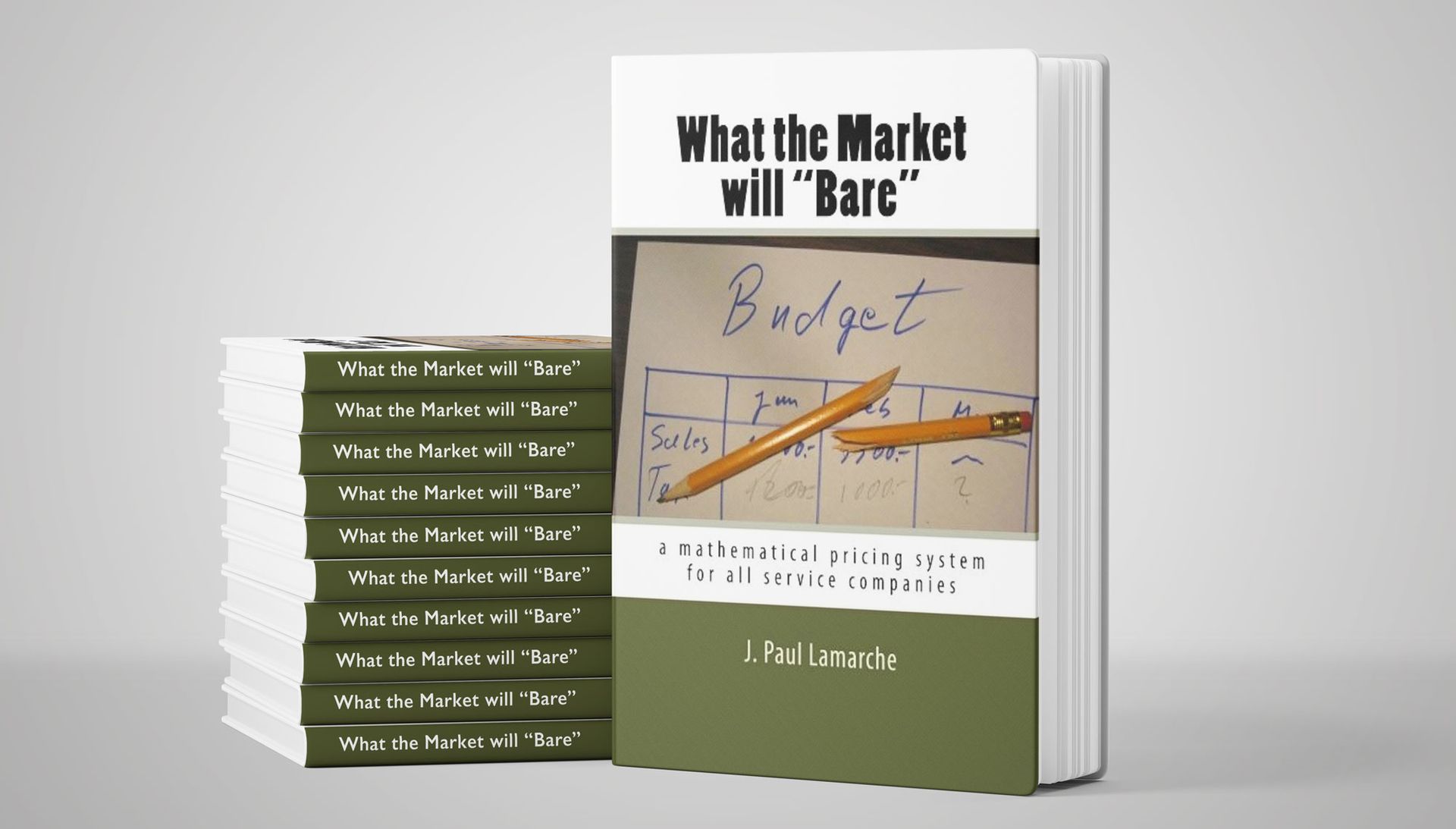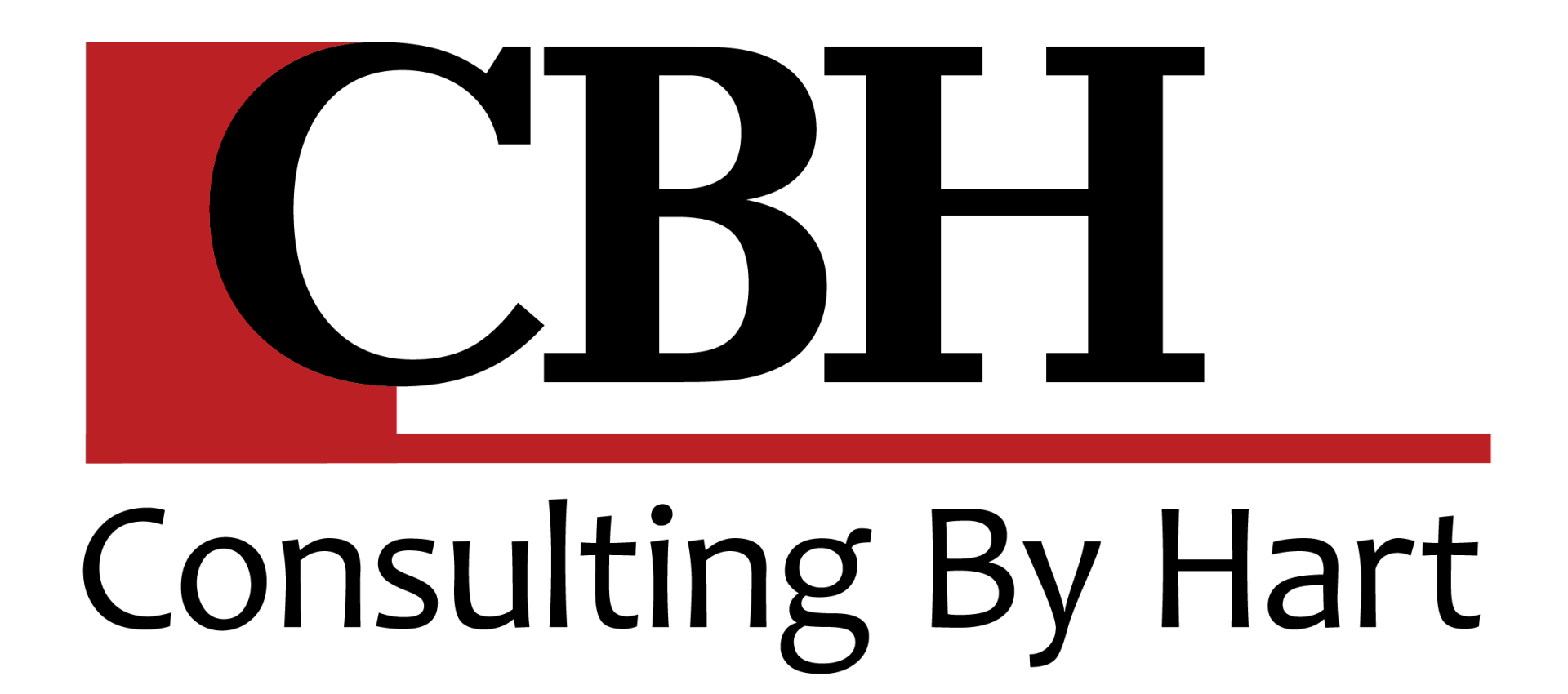October 2, 2023
Every now and then, something comes across your desk or into your inbox that is worth paying attention to. If you’re a contractor who sells services to your customers, which include labour and materials, equipment and overhead costs, then this article is worth your time to read. Unless you are either entirely recession proof in your market, or aren’t trying to improve profit in your business. But if you are working hard to figure out a way to be more profitable, read on. Sometimes the most successful businesses have all of the cutting-edge technologies, software, apps, equipment and training. And some businesses have all of that, and still aren’t profitable enough to pay the owner well, build equity and an engaged, career-minded team. Enter J. Paul Lamarche, and his industry-altering pricing system. JPL’s estimating and pricing system was officially adopted by Landscape Ontario in 2005. In 2010, he wrote the book: What the Market will “Bare”. It is unique, because it is specific to landscaping, and is written in plain English. His system includes simplifying and explaining the most important factors in building a profitable business: Understand your true break-even costs (the point at which you neither lose nor make profit on a job). Creating a budget that includes all Overhead and Return on Investment. How to use a precise mathematical system based on division vs multiplication (don’t panic until at least you’ve checked it out!). How to record accurate overhead allocations, including items that are not part of your record keeping and/of cheque payment system. How to calculate return on Investment (ROI) for all vehicles and equipment. How to do a quick breakeven analysis when quoting a job (So that you know how low you can go on your price and avoid working for free – which is especially handy coming into a recessionary trending economy). How to deploy a simple, inexpensive estimating system using the calculator on your phone and a few important basics. In this easy-to-follow book, the main premise is that if your company has no debt load, then you’re more competitive and have a lower cost of doing business, which leads to more profit. The trick is how to get to no debt load (i.e. leased or financed vehicles/equipment) from where you are now, and stay there. When I first heard about JPL and his mathematical system 20 years ago, I went to a few seminars, glazed over when he started doing math on a white board, and left, thinking that I could figure it out on my own. Several hard and low-profit years later, I called him and hired him to come into my business as a consultant. It was 2007. I was 15 years into my landscape maintenance company with 20 employees, doing a million in sales, and made about 6% profit (EBITDA) after I’d paid myself fairly well. I wanted an exit strategy. I wanted to find a way to build value in my company, and have it run without me working 80-hour weeks. I wanted to prepare my business to sell. From the easy-to-use formula’s in this book I learned to build a budget, right-size the fleet and equipment, charge properly, eliminate ‘leakage’ on labour and materials, and gain ROI on my investment in the fleet. By 2014, I had only grown sales by 10% (by choice), but I reduced the number of staff by 25%, increased my own pay by 20%, upgraded the ‘fleet’ with no debt load, had a team of 3 managers (admin, sales and ops) running the day-to-day and increased profit (EBITDA) to 18%. By the time I sold the business that year, I was only at the office 1 day a week, and selling the higher end soft landscape projects 2 days a week on a 6-figure salary, with six figure profit on top. “What the Market will BARE” was my blueprint for success. At first, it was a bit daunting, but taking the time to go one chapter at a time, one example at a time, and learning the ‘math’ was well worth the effort for years to come. In this book, you’ll learn: How to calculate your overhead and ‘break-even’ How to calculate your true labour costs, including labour burden Benchmarks – and how they relate to your business Understanding the difference between markup and profit margin Setting a budget to guide your pricing Understanding Return on Investment Here’s just one example of a mistake in pricing that’s made by the majority of business owners, that this book teaches the reader to correct: You buy a load of plants for a project that cost you $1000. You decide that you want 30% profit on them. So, you take the $1000 you spent, and multiply it x 1.3 which = $1300. So you think you have a 30% profit on the plants. Right? But you don’t. $1000 (what you spent) divided by $1300 (what you charged) = 76.9%. So, if what you spent to buy the plants is 76.9% of what you sold them for to the customer, then the difference, 23.1%, is your profit. Wait. What??! Look at that again. You just short-changed yourself 6.9% (the 30% you want minus 6.9% you miscalculated), profit on your materials. For most companies who make less than 10% profit overall, this places them on the hairy edge of ‘lower than hoped for’ profit. However, if you were to read ‘What The Market Will “Bare”, you’ll understand that division is the key to profit margins, not multiplication – as used in the example above. Here’s the division example: You buy a load of plants for a project that cost you $1000. You decide that you want to make 30% profit on the plants. So, you take the $1000 you spent, and DIVIDE it by (100% - 30%), which equals 70%. ( This means you take $1000/.7), which = $1428.57 as the price to charge your customer. So you now have a 30% profit on the plants… the $1000 you spent on the plants = 70% of what you charged for them. This is just one example of simple corrections you will likely make to your business every year, sometimes every day, on pricing and profit by reading and applying this industry-endorsed pricing system. There are many more valuable lessons in the book, that will touch on and fix leakage in all corners of your operations, improve the decisions you make, and correct your pricing. On a personal note: Paul was not only my business coach, we became friends, meeting for lunch several times each year to ‘catch up’ on business, for over ten years. He helped me sell my landscape company, and he mentored me in setting up my consulting business. Sadly, Paul passed away in June of 2020 at the age of 70. His widow, Stella, has kindly offered to give all of the proceeds of the sale of Paul’s books to the Landscape Ontario Scholarship Fund, to support education of our newest up and coming landscape professionals. I hope that you purchase one, and improve the profit in your company.





